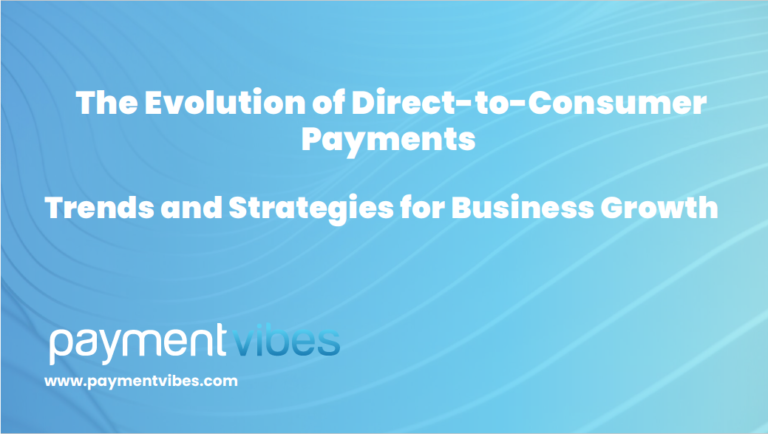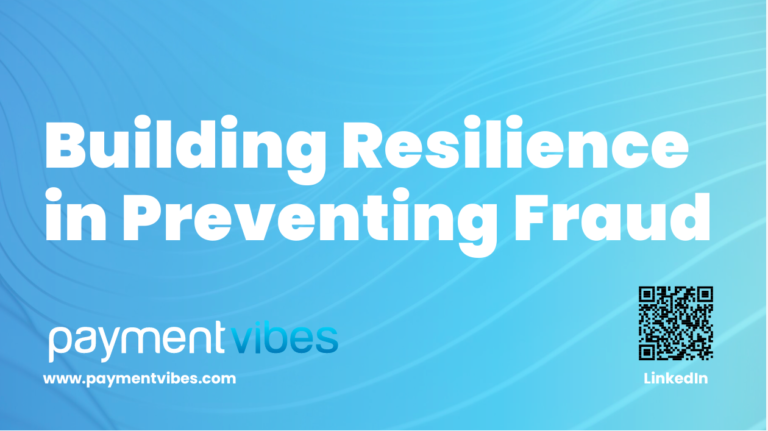
The payments’ era we once knew is gone. It has transformed completely, even if some of the legacy systems and mindsets are holding on, they are heading towards obsolescence. Just look around us – Omnichannel Customer Journeys, Digital Identification, Mobile Checkouts, Blockchain-based KYC, Wallets, Cryptos, Embedded Finance, Biometry, Open Banking etc. All these trends with one common denominator, the one that makes the law and has the last word, whatever the sector of activity, which is the CUSTOMER.
Propelled to new heights with the technological innovation and rapid changes in customer expectations, payments are becoming increasingly multidisciplinary and cross-functional. Expertise in payment spans from finance, technology, retail, e-commerce and security. Payments are enabling branded experiences, more effective marketing campaigns, accelerating go-to-market and digital transformation initiatives. Payments are impacting top line growth and protect bottom line. Where once payments were managed within silos like finance, digital or IT, they are now emerging as a standalone business unit, which is transversal and multidisciplinary. This necessitates senior leadership dedicated to developing payment strategy and delivering on payment roadmap, accountable at a board level.
Whilst still too often today, payments are ‘No Man’s Land’, an area misunderstood and underrated, some leading-edge companies ‘got it’ early enough to build their competitive differentiators leveraging the power of payments. A prime example is Starbucks‘ mobile app, which combines payment, loyalty, and ordering features to streamline transactions and enhance customer loyalty. Similarly, Amazon’s one-click purchasing system exemplifies how reducing friction at the checkout can dramatically increase conversion rates by facilitating nearly instantaneous transactions.
Moreover, for businesses eyeing global expansion, the adaptability of payment solutions to local preferences and regulations is crucial. Payment platforms like Adyen, supporting over 250 payment methods globally, enable companies like Spotify and Uber to cater to a diverse customer base across different regions. On the innovation front, Shopify and Apple have set benchmarks with their payment solutions. Shopify’s integration of multiple payment gateways offers merchants the flexibility to provide various payment options, simplifying global transactions. Apple Pay’s seamless integration across Apple’s ecosystem, offering secure and effortless payments, exemplifies how technological advancements can enhance the payment experience.
These initiatives highlight the strategic significance of payments in driving business growth and expanding market reach. But they equally underscore the complexity of payments leading to the emergence of Chief Payment Officers, a new senior executive in modern business.
Role of Chief Payment Officer
The Chief Payment Officer collaborates closely with other C-suite executives to ensure seamless integration of payments into the broader strategic objectives of the company.
For instance, the partnership between the Chief Payment Officer and the Chief Technology Officer (CTO) is critical for the implementation of new payment technologies. This collaboration involves assessing the technological infrastructure required to support emerging payment methods, ensuring system security, and aligning payment innovations with the company overall technology roadmap. Together, they work on deploying payment solutions that are not only technologically advanced but also align with customer needs and business goals.
Another example is the collaboration between the Chief Digital Officer (CDO) and Chief Payment Officer in leveraging payment data to enable targeted marketing campaigns, optimise product offerings, and tailor customer experiences. This partnership ensures that payment data is not just about processing transactions but is also a strategic asset used to deepen customer relationships and drive personalised engagement. Together, the Chief Payment Officer and CDO can transform raw payment data into actionable insights, fostering a data-driven approach to decision-making and strategic planning across the company.
Some more examples of stakeholders with whom the Chief Payment Officer interacts:
- Chief Product Officer: Payment is now a product that requires product management approach, taking on board customer feedback and managing payment features in an agile and iterative way.
- Chief Marketing Officer: Marketing campaigns often rely on payment providers and first-party payment data for creating branded payment experiences.
- Chief Security Officer: The Chief Payment Officer ensures PCI compliance and data security, embedding security in payment strategy.
- Chief Operating Officer: The Chief Payment Officer plays a critical role in go-to-market strategies, activating new channels, entering new markets, and deploying customer-facing solutions.
- Chief Finance Officer: Driving financial processing efficiencies, ensuring controls, maximizing return on investment, and navigating regulations are integral to the Chief Payment Officer collaboration with the CFO.
- Chief Transformation Officer: Payments play a key role in supporting organizations on their digital transformation journeys.
- Chief Executive Officer: Ultimately, the execution of business strategy is enabled by a sound payment strategy, making the Chief Payment Officer role central to organisational success.
Skills set?
One of the primary objectives for Chief Payment Officer is to build and lead a multidisciplinary team with a comprehensive skill set encompassing a deep understanding of payment technologies, regulatory knowledge, strategic planning abilities, and a focus on customer experience design is essential.
- Strategic planning skills enable the alignment of payment strategy and roadmap with the broader business goals, facilitating growth and competitive differentiation.
- Additionally, a customer-centric mindset is vital for designing payment experiences that enhance customer satisfaction and loyalty.
- Mastery in payment technologies is fundamental, requiring not just an understanding of current systems but an anticipation of future trends and innovations.
- Regulatory knowledge is equally critical, as navigating the complex landscape of global payment regulations ensures compliance and mitigates risk.
Aspiring Chief Payment Officers should seek experiences that build these competencies, including roles that involve cross-functional collaboration, technology implementation projects, and initiatives that require a blend of analytical and creative thinking.
The Benefits?
As businesses navigate a landscape marked by rapid technological advancements and evolving consumer expectations, the strategic value of the Chief Payment Officer within the C-suite cannot be overstated. This new role, while still not yet very well defined and widespread, is uniquely positioned to bridge the gap between corporate strategy and functions, involved in building payment roadmap ensuring alignment on strategy execution, prioritization, resource allocation and KPIs.
Ultimately the Chief Payment Officer is accountable for an internal alignment, communication and stakeholder management, at senior leadership and board levels ensuring payment strategy contributes positively to business growth priorities, all while maintaining the integrity, security and compliance of the overall payment infrastructure.
Conclusion
The time is now for businesses to recognise the transformative impact a Chief Payment Officer can have. By embracing the future of payment with the right leadership, people, processes and technology in place, businesses can unlock new opportunities for innovation and growth. Consider how a Chief Payment Officer could fit into your strategic vision and take the necessary steps to integrate this critical role into your C-suite.
The future of commerce is here, and the path to success is through strategic, innovative, and customer-focused payment mindset.
How can we help?
At PaymentVibes, we bridge the gap between business strategy and execution for retail merchants by enhancing payment capabilities, enabling faster achievement of business objectives. Our unique blend of retail experience and deep payment industry knowledge allows us to elevate your payment organization and tailor our expertise to your business needs.
Contact us for a discovery discussion.



